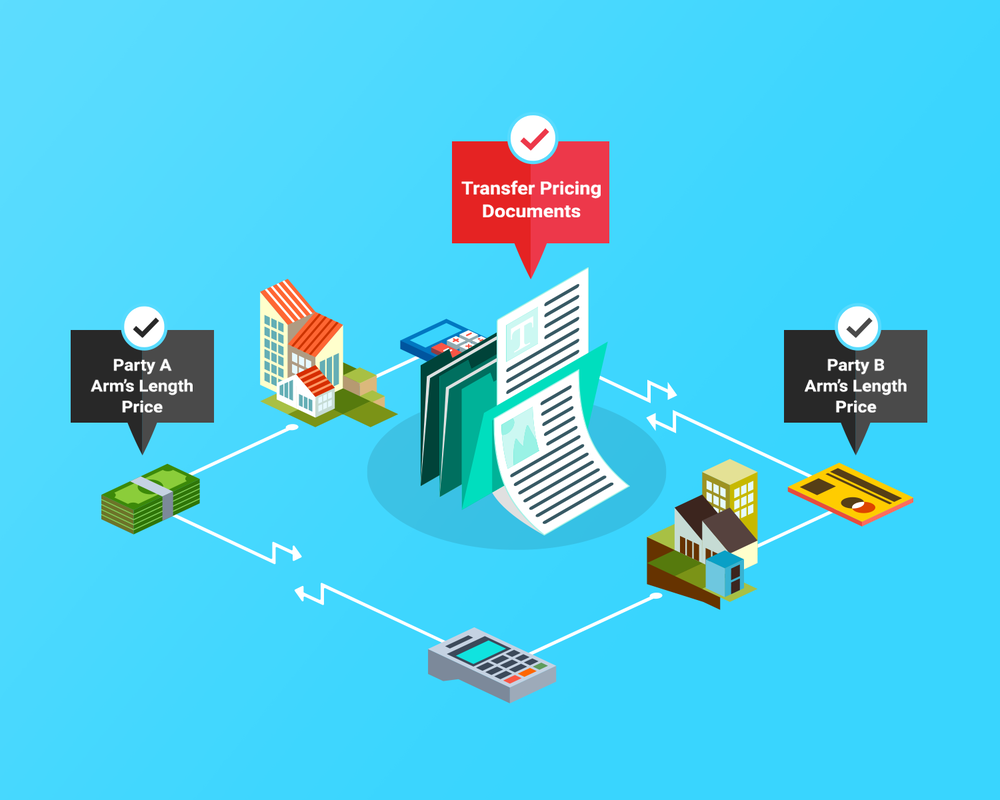Increasing globalisation has changed the way business entities used to operate. At present, business organisations have to go through several laws that differ from one jurisdiction to another. Among all the rules for businesses, tax-related laws are a real headache. Therefore, business organisations always look for ways to decrease their tax liabilities and maximise profits. One of the techniques followed by global companies to reduce their tax liabilities is transfer pricing. Business organisations can transfer their profit to another country to decrease tax liabilities. However, transfer pricing isn’t as simple as it seems and comes with several challenges. Read on to know more about transfer pricing in India and its impact on the economy.
Understanding related party deals
To know more about transfer pricing, it is necessary to understand related party transactions. Any two or more business entities that possess the same ownership can be termed as related parties. For example, two companies may come under a global conglomerate involved in numerous activities. In such a case, both the companies will be related, and the transactions between them will be related party transactions. Many global companies have subsidiaries or branches in different countries. The transactions between those subsidiaries or branches will be known as related party transactions. When talking about transfer pricing, related party transactions are considered. Transfer pricing never occurs between two unrelated business entities. A transaction between two unrelated parties is just an ordinary transaction.
Understanding the rule/concept of transfer pricing
The tax regimes can differ drastically from one business jurisdiction to another. Global companies have to maximise their revenue, keeping in mind the tax regimes of different countries. Global companies transfer their profit to a country with fewer taxes on business entities to maximise their profit. By doing so, they will have to pay fewer taxes on their profit, and everything will be according to the law. It might seem like a simple and beneficial technique to the naked eye. However, it is where transfer pricing steps in and makes things challenging.
A global company will show a transaction between two subsidiaries/sub-companies to transfer the profit to a country with fewer tax rates. Since the transaction will be between related parties, it can be modified. A company can try to sell goods at a lower price to its subsidiary. Several things can be tried by related parties to manipulate the transactions. These things can maximise the profit for a global company but aren’t legal. There has to be a way to regulate the transactions between related parties so they don’t fool the tax authorities. It is where transfer pricing ensures that the transaction between related parties is concluded, exactly like it would have been between two unrelated entities.
How transfer pricing impacts the Indian economy?
Let us comprehend transfer pricing in India with an example. Consider that the tax rate for business entities in India is 25%. Assume a company is founded in a foreign land but has a subsidiary in India. If the tax rate in the foreign country is more than 25%, the company will look to transfer its profit to India. By doing so, the multinational company will have to pay fewer taxes on its profit/revenue. The same can happen with an Indian company trying to transfer its profit to another country with a lower tax rate. The role of these transfer pricing activities in maintaining the health of the Indian economy is as follows:
- According to the global transfer pricing rules (OECD guidelines), an international company cannot hamper the economy of any country with its transfer pricing initiatives.
- There are strict rules in India that ensure no company cheats the tax authorities in the name of transfer pricing. Transfer pricing ensures that anything produced in India isn’t transferred to a foreign country at a low price.
- In India, companies determine the ALP (Arm’s Length Price) before indulging in transfer pricing. ALP is a natural cost of a transaction if it would have occurred between unrelated parties.
As discussed above, transfer pricing regulations in India make sure the economy isn’t tarnished. A company can contact a CA firm to get help for transfer pricing activities. Indulge in transfer pricing with the help of a CA firm in 2022!



